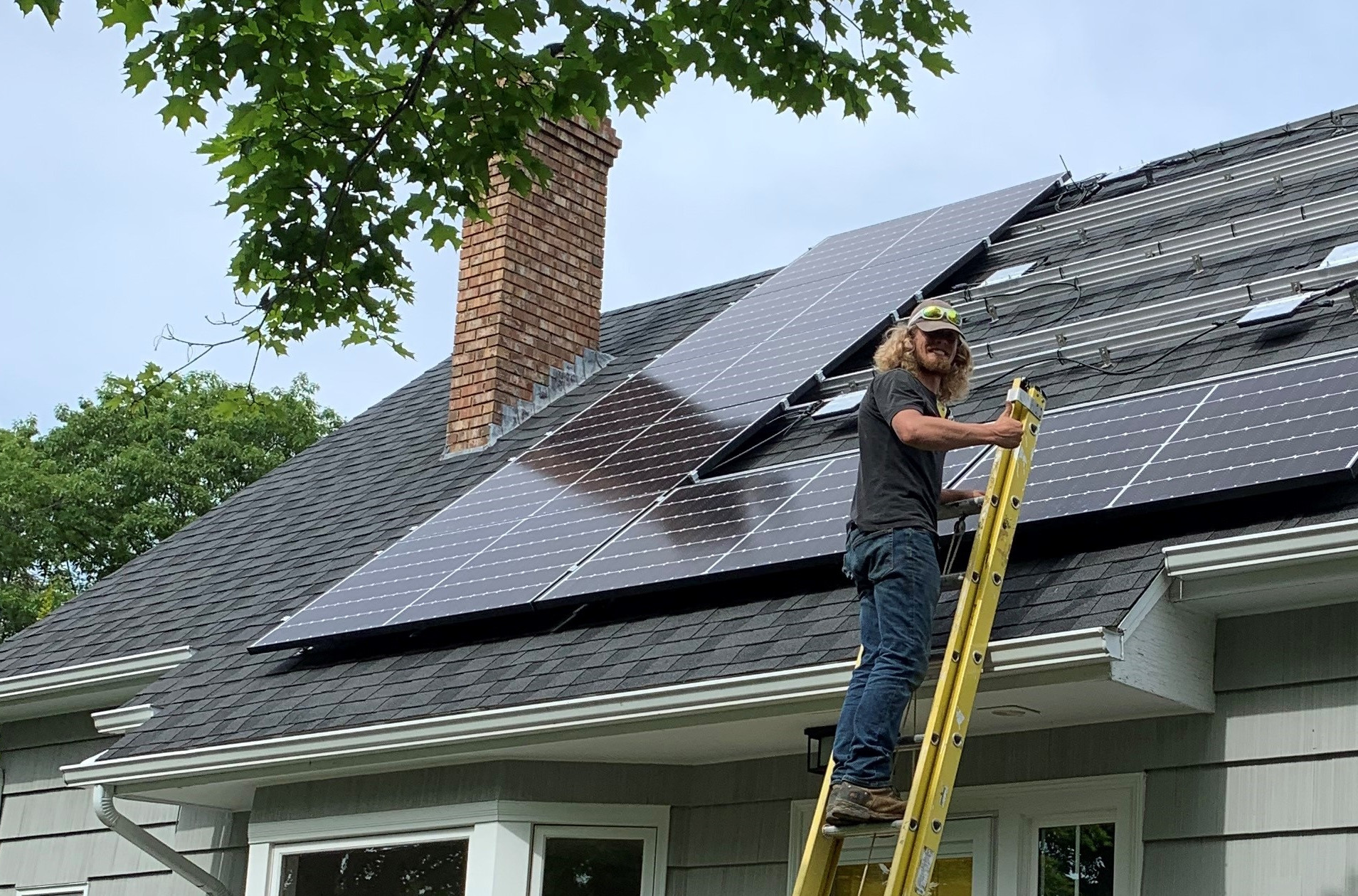SWITCH Energy program in Prince Edward Island and Nova Scotia
Canada’s Atlantic provinces are at risk of experiencing the largest local sea-level rise in Canada due to climate change, amplifying existing local flood risks. This is a particular threat to the region’s most vulnerable people who are often hit the hardest.
Reducing household GHG emissions through improved energy efficiency is a powerful way to reduce homeowners’ heating and cooling costs while increasing the quality of housing overall. This is exactly what the $14 million multi-provincial SWITCH Energy financing program is designed to do.
SWITCH makes it easier for citizens to pay for the costs of home improvements. It allows residents to repay loans over 15 years through monthly payments on their property tax bills.
Demand for SWITCH funding has been high since the program launched in July 2021, with $5.6 million approved for 320 residential energy efficiency, renewable energy and energy storage projects in Charlottetown and Stratford, PEI, and Wolfville, Nova Scotia. The projects are expected to reduce energy use by 35 per cent. Those projects have also helped create hundreds of local jobs.
The main enhancements funded to date are solar panels, heat pumps and insulation improvements, all of which help reduce greenhouse gas (GHG) emissions and homeowner costs while advancing toward Canada’s 2050 net-zero emission goal. Additional programming targets include supporting switches to energy-efficient fuels, replacing lead pipes in homes and swapping out oil tanks for electric heat pumps.
SWITCH financing is provided through GMF’s Community Efficiency Financing (CEF) initiative. The program aims to retrofit 3-5% of the housing stock in the three communities annually.
Anticipated results
26,795 GJ/year in energy savings
1,167 tonnes CO2e/year GHG reductions across the three municipalities
3–5% of community housing stock to be retrofitted annually



